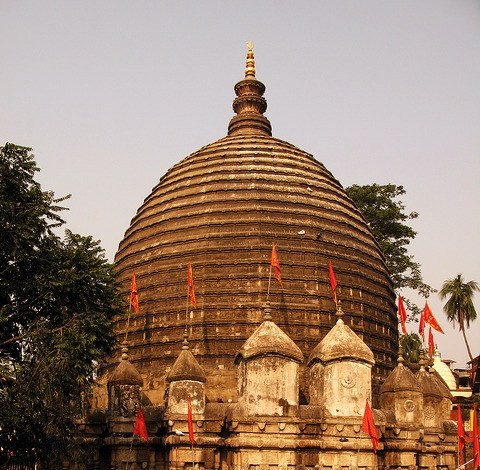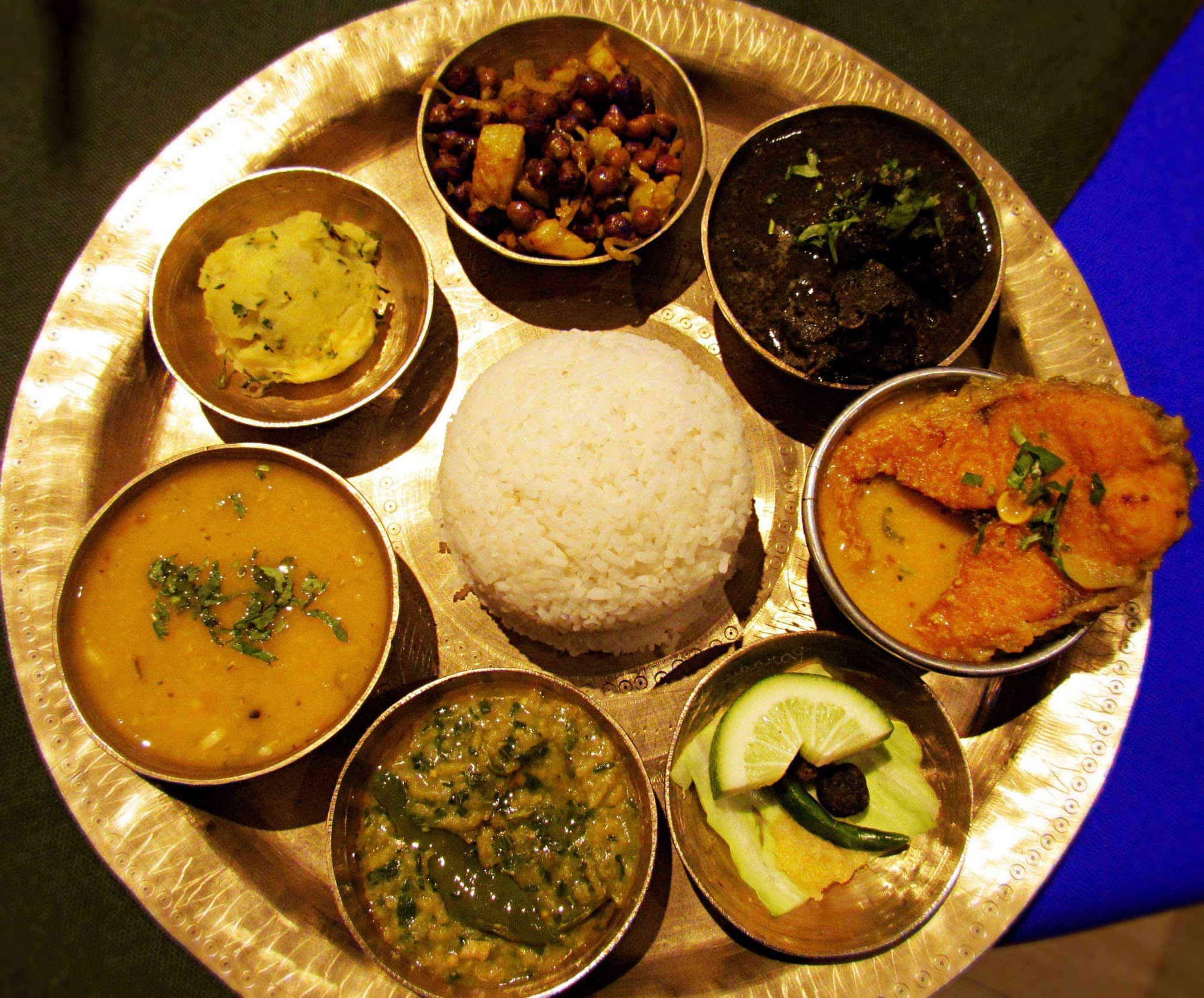Gobindgarh Fort: The Final Stop of the Kohinoor Diamond
For many centuries, Gobindgarh Fort in India held a special significance – not just because of its commanding presence in the region, but because of the precious Kohinoor Diamond it once housed.
Spanning an impressive 43 acres right in the heart of Amritsar city, Gobindgarh Fort – the very embodiment of Punjab’s heritage, has a glorious 261-year-long history, starting with the era of the Bhangi Misl to Maharaja Ranjit Singh, to the British East India Company and finally to the Indian Army. The moment I stepped through the gates of the Gobindgarh fort, I was gripped by the sight of men attired in yellow kurta pyjamas donning turbans, and playing the drums, bringing the essence of Punjab to life. I was here for the Sacred Amritsar festival and this iconic military fortress located in the heart of India’s vibrant Punjab state, allowed me to experience a spiritual euphoria like no other.
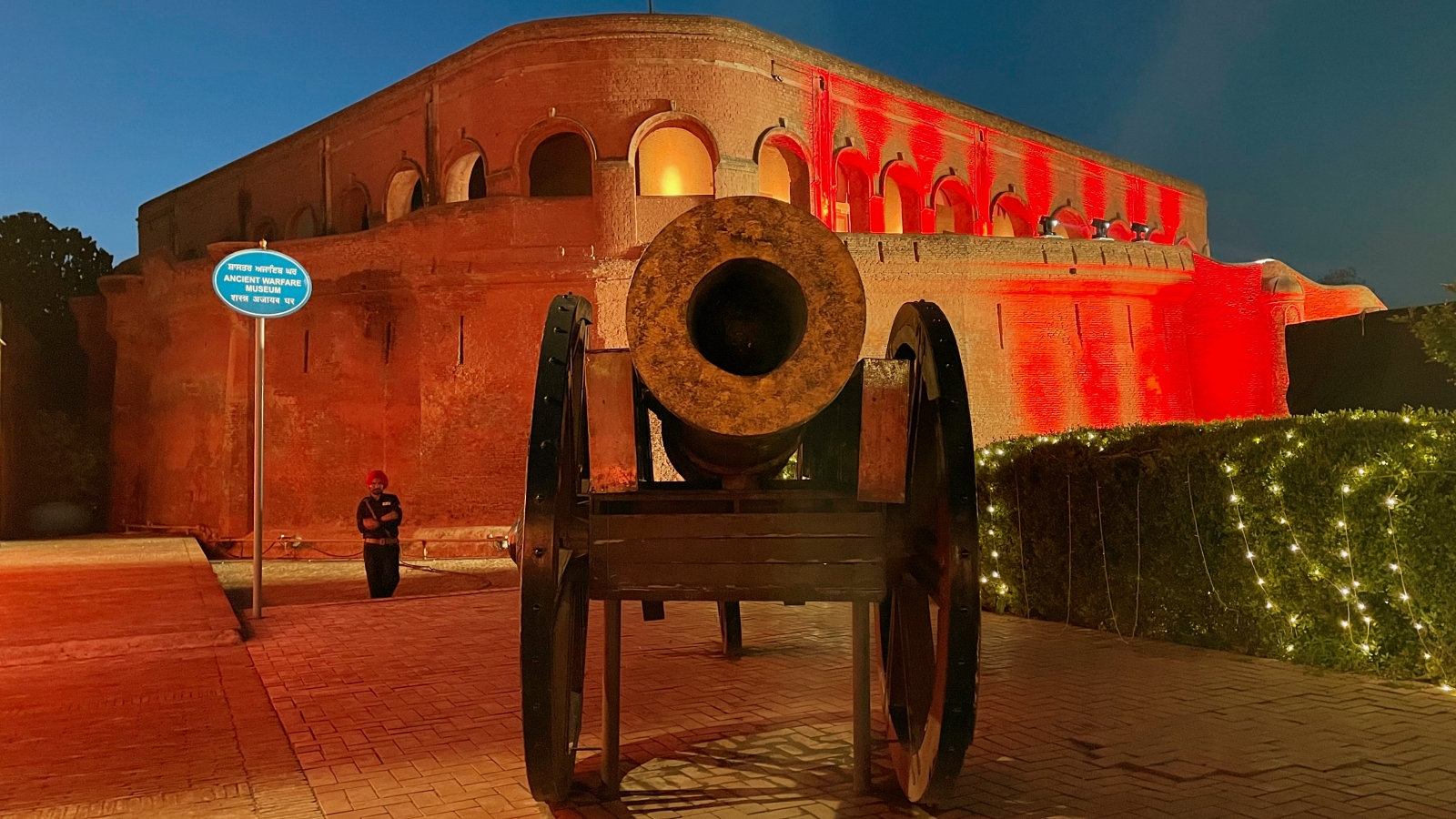
Just a stone’s throw away from the Golden Temple, Gobindgarh Fort was previously known as the ‘Bhangian da Killa’ (fort of the Bhangis), named after the 18th-century founder who was part of the powerful Bhangi Misl of Dhillon Jats. Constructed with bricks and lime, the fort boasted 25 mighty cannons perched atop its ramparts and remained in the hands of the Bhangi rulers until 1805. But, it was not until the early 19th century that Maharaja Ranjit Singh gave it a new name, in honour of the 10th Sikh guru, Guru Gobind Singh.
Table of Contents
History of Gobindgarh Fort
In the 18th Century, the Punjab region was governed by clans known as Misls, one of which was the Bhangi clan. Led by local chieftain Gujar Singh Bhangi, the clan constructed a mud fortress in the 1760s, and it came to be known as “Bhagian da Qila”. For nearly a 49-year period, the Misl held on to the fortress, until their financial position weakened and eventually deteriorated. In 1809, the Misl was led by a minor ruler Gurdit S. Bhangi and his mother, Mai Sukhan. Mai Sukhan demanded a nazrana (Tribute) from Arur Mal, a sahukar (trader) of the Bhangi township. Refusing to pay, Arur Mal then fled away to the township of the rival Kanhiyas misl to avoid any sort of payment.
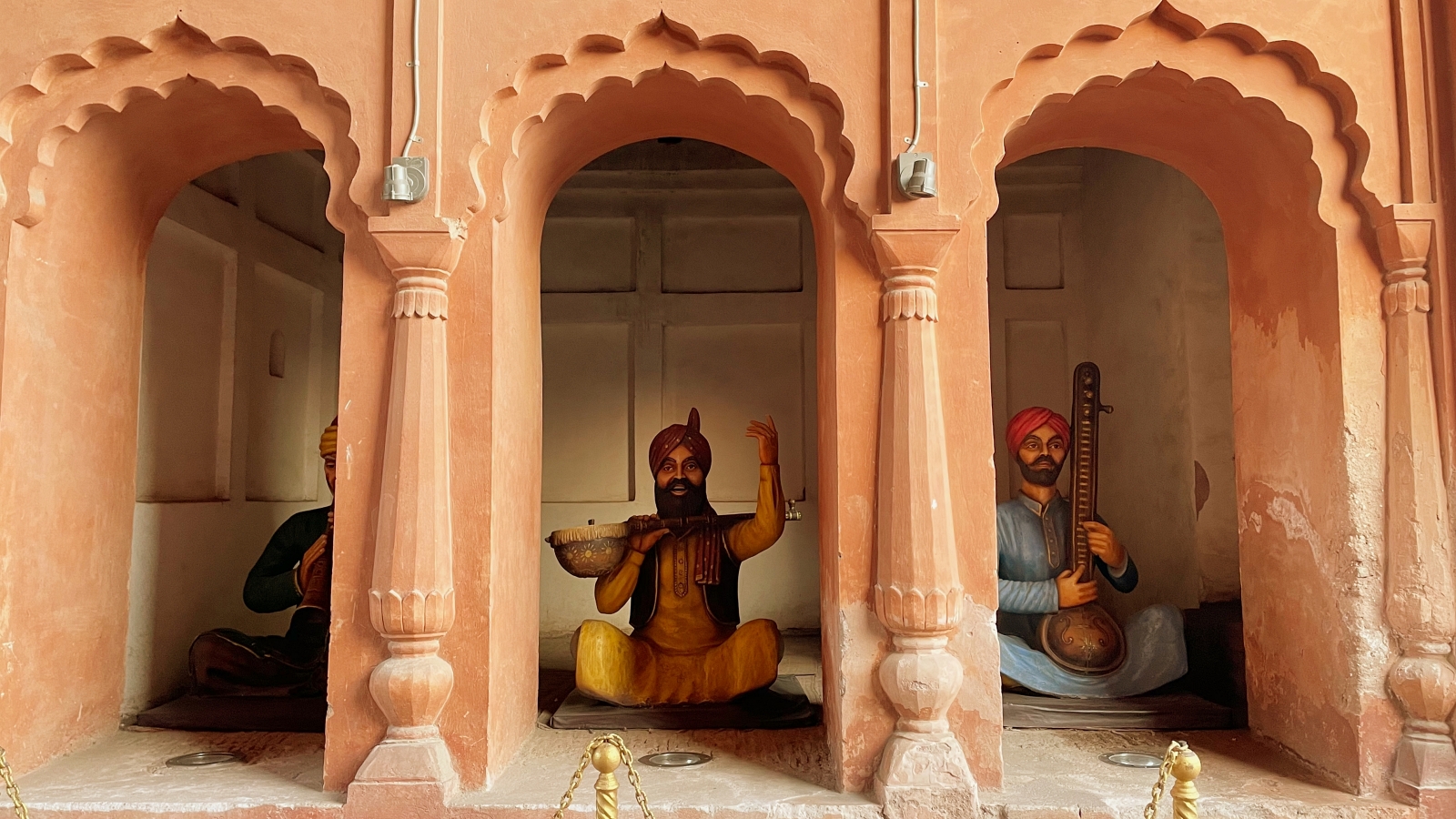
At the time, Maharaja Ranjit Singh was a rising force among the Sukerchakia Misl, and when Arur Mal and Shaikh Kamaluddin issued an invitation to take over the Fort and the territories of Gurdit Singh, the Maharaja jumped at this chance. To seal the deal, Ranjit Singh asked Mai Sukhan to surrender the notorious Zamzama Cannon, also known as “Bhangian di Tope”, a cannon that was due to the Sukerchakia Misl as their share of the spoils of the war with Ahmad Shah Durrani in 1765. Unfortunately, the might of the Zamzama Cannon, which literally translates to “the Taker of Strongholds”, was not enough to convince Mai Sukhan, and he refused the Maharaja’s request.
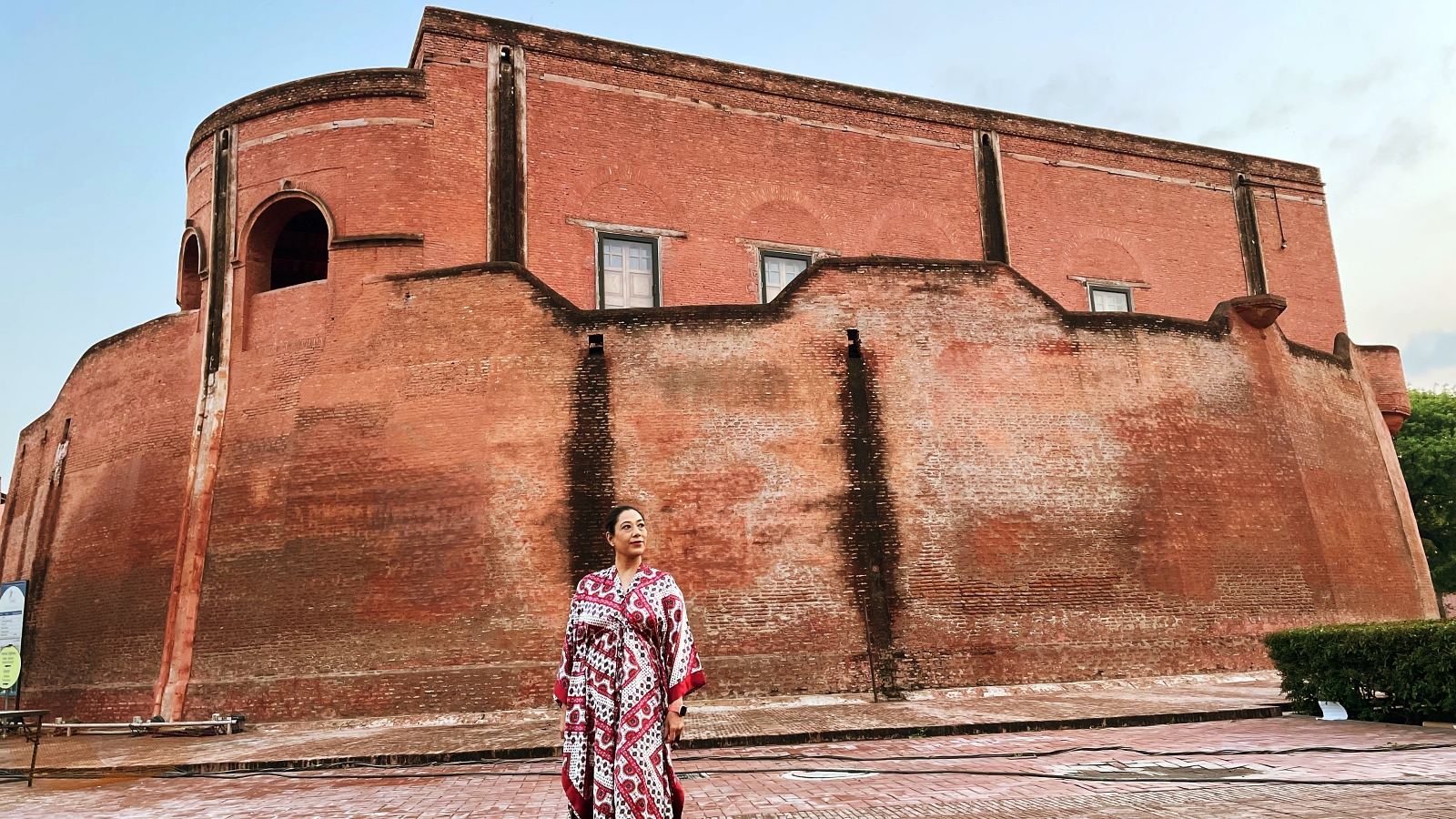
Ranjit Singh charged through the Ahluwalia gate and the Bhangies could not withstand his immense power. The Maharaja seized the Fort, including the formidable Zamzama Cannon and Mai Sukhan, and the Bhangies were given a few villages as a reward. After claiming victory, Maharaja Ranjit Singh approached the Shri Harmandir Sahib to offer his thanks to the divine.
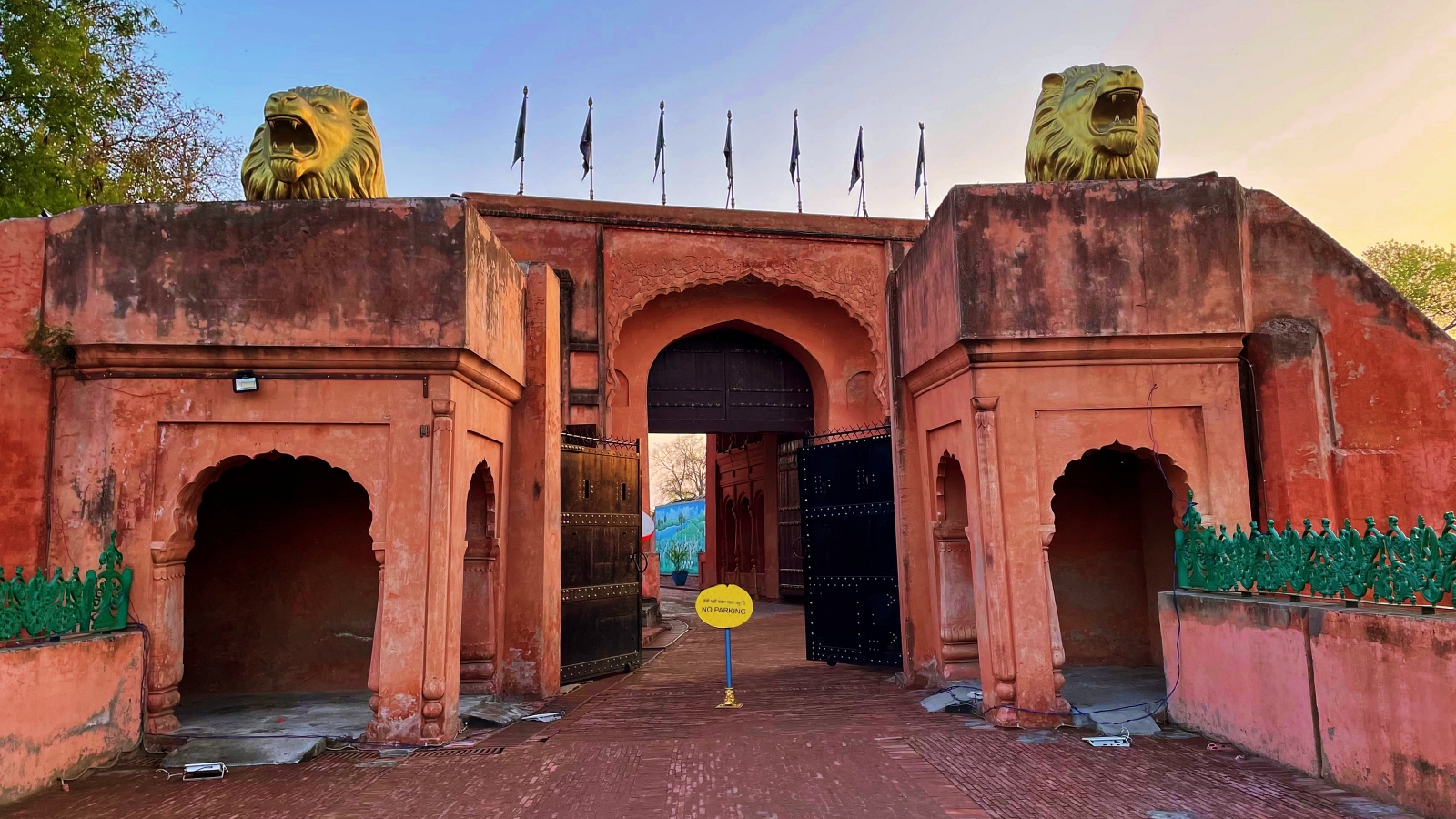
The illustrious Maharaja of Punjab, ruling magnificently from Sutlej to Indus, from Punjab Hills to Khyber Pass, would annually journey to Amritsar for a change of territory and a dip in the sacred waters of the holy tank. He would visit before the rains set in and stay till Dussehra had passed. After the Second Anglo-Sikh War in 1849, the Fort became part of the British Empire and was garrisoned by the Indian army shortly following the nation’s independence in 1947. Throughout its history, Gobindgarh has remained at the epicentre of the political scene in Punjab.
Renaming to Qilla Gobindgarh
The capture of the Fort was a significant victory for Maharaja Ranjit Singh, who proudly renamed it ‘Gobindgarh’ in honour of the tenth Sikh Guru, Guru Shri Gobind Singh Ji. Undoubtedly, a key motivation for his acquisition of the Fort was to protect the city of Amritsar and the beloved Shri Harmandir Sahib, better known as the Golden Temple, from potential invaders. The bean-shaped city was particularly exposed to attacks, as it was constantly under threat from the hostile Afghans from the North-West frontier.
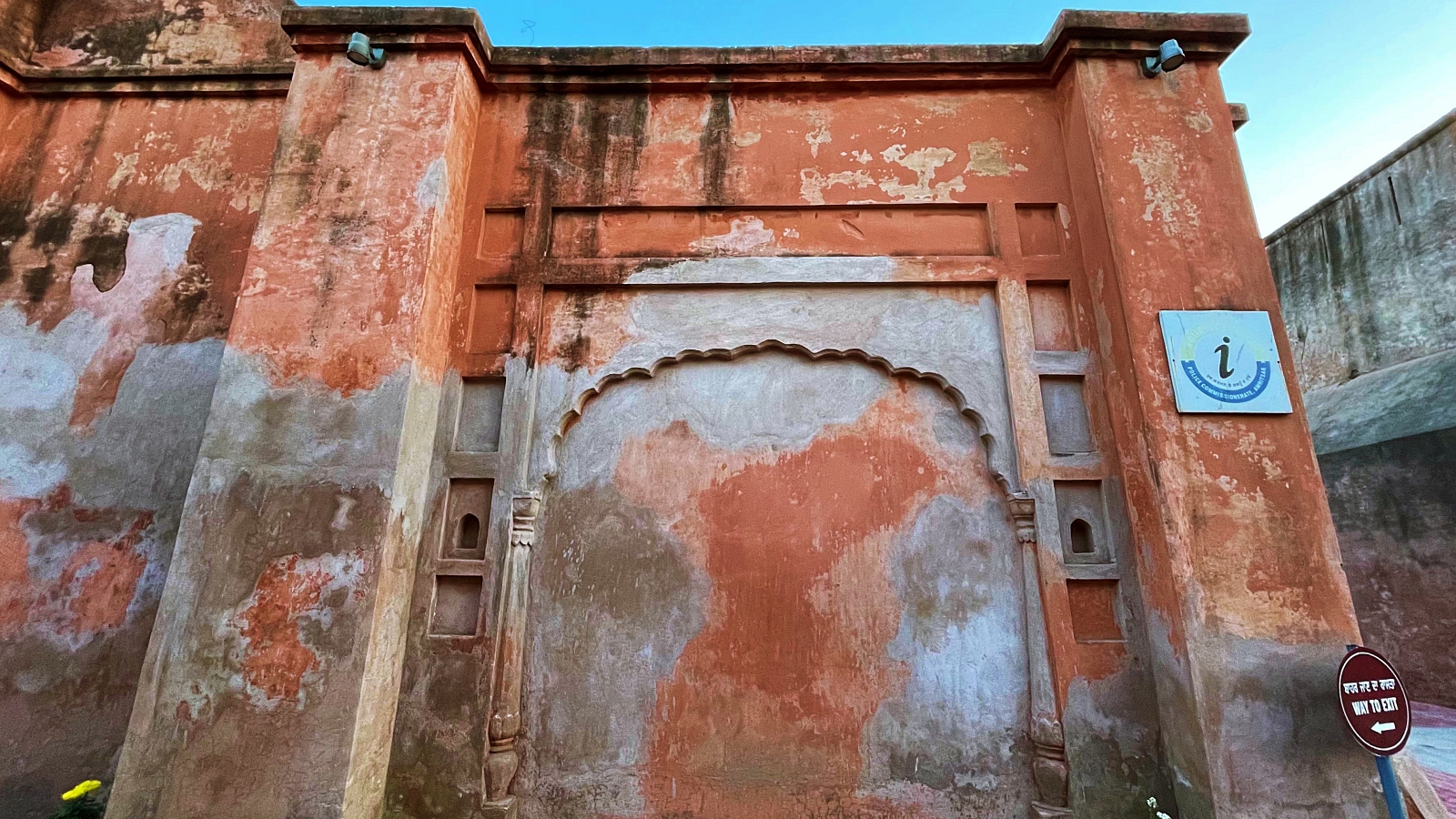
As an impenetrable obstacle to invaders, the Fort was situated outside the ancient walls of the city, in contrast to other forts that guarded their historic towns from within. And in 1805, Fakir Azizuddin, the Second Governor and Foreign Minister of Maharaja Ranjit Singh began to invest considerable resources into its repair, expansion, and reconstruction. With the aid of French Generals who had joined Maharaja Ranjit Singh, the Fort was converted into a virtually unassailable fortress.
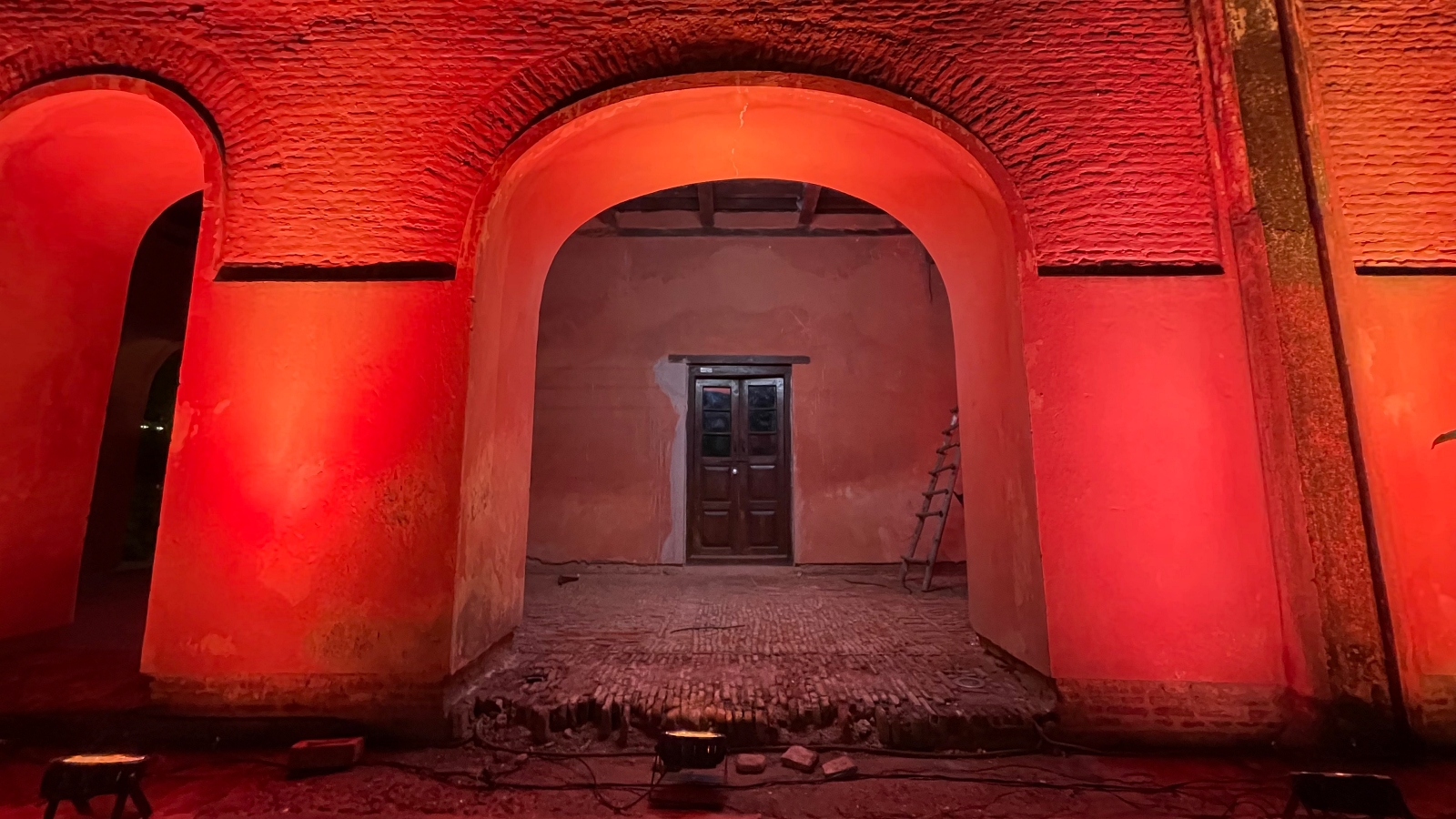
Maharaja Ranjit Singh captured the majestic fort in 1805 and marvelled at its immense wealth. He hoarded his priceless treasures, including the infamous Kohinoor diamond, within its formidable mud walls. Little did he know that the diamond’s age-old adage – “Only God, or a woman, can wear it with impunity” – would soon be put to the test. In the years that followed, the British Raj seized the fort and its treasured diamond, beginning a new chapter in history.
Toshakhana
Today, the square-shaped design of the fort still stands with parapets at each corner and two doors, giving off an aura of impenetrability. The golden walls of the only monument of its kind stand tall, ready to tell the tales of the Misls, Maharaja Ranjit Singh, and the British era. Visitors can’t help but be captivated by the Toshakhana, a place of extraordinary weapons and coins that bring the past to life. The Toshakhana, formerly safeguarding the prestigious Kohinoor diamond, is now a museum of coins, with ancient and rare coins, and a replica of the Kohinoor as it was once donned by the Maharaja.
The 19th century saw the British army take charge and bring the fort into the modern age with their innovative improvements, enabling it to withstand the more advanced weaponry of the time. And so, it remained a stronghold until India’s independence in 1947. The mighty Hari Singh Nalwa stands tall, with his name immortalised in the grand Nalwa Gate – the main entrance to the fort. Little do many know, there’s a secret tunnel that leads to distant Lahore, and its four unwavering bastions stand proud in a demonstration of bravery and strength.
But the most remarkable feature of the fort lies in the three bastions, joined together by a single rampart – a powerful metaphor for unity and solidarity. It was during the signing of the historic Lahore Pact in 1850 that the then Governor General, in a show of graciousness, bequeathed the famous Kohinoor to Prince Albert as a gift. Divided into two pieces, with one set to adorn the crown and the other meant to be fashioned into precious jewellery, the Gobindgarh Fort was left bereft of its grandeur.
Now, while the Indian government continues to toil over the question of reclaiming the Kohinoor from the Tower of London, the Punjab Heritage And Tourism Promotion Board is doing its utmost to restore the Fort to its former splendour. For almost a century, Gobindgarh Fort was inaccessible to the public, shrouded in secrecy behind a compound wall, trees and greenery. It was a place of military preservation and encapsulates the golden days of Punjab, and its eventual fall under the British Empire, until its eventual Independence.
In 2006, the Indian Government officially handed the Fort over to the Government of Punjab for preservation and conservation, and it was declared a historical monument by the Government of Punjab in 1964, preserving its rich and wondrous history. Following India’s Independence, the Indian army valiantly took possession of the fort, which had provided refuge to an immense number of Pakistani refugees during the India-Pakistan partition.
Finally, the long-awaited restoration of the Gobindgarh Fort is complete and the Punjab government has opened the Fort’s doors to the public. And the wait was worth it – with 95 crores spent on the restoration, the Fort is open to the public with a heritage hotel, a cafe and a museum. That’s quite an exciting transformation – from a military fortress to a spectacular museum, brimming with the glorious history of Punjab. The Fort has gained immense popularity among visitors and has become one of the most sought-after tourist destinations in the state of Punjab.
Timings: 10 AM – 10 PM
Entry Fee: Rs. 30 per Person


